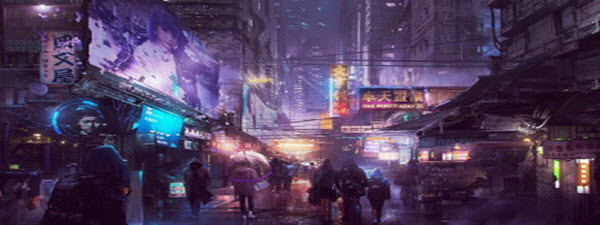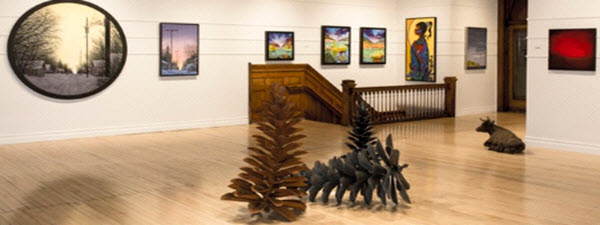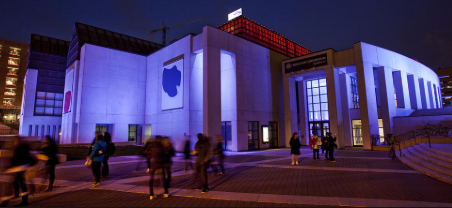
One hundred female artists have been commissioned to create new works of art for the Park Avenue Armory. This project is being completed to celebrate the 100th Anniversary of the 19th Amendment, which allowed women to vote in America since 1920 legally. The Park Avenue Armory is partnering with the Upper East Side Art & Performance Club, which hosts art demonstrations throughout New York City. It’s been confirmed that these one hundred new works will be displayed at the Metropolitan Museum of Art.
The President, Co-Founder and Executive Producer for the Park Avenue Army spoke on this upcoming event. Rebecca Robertson noted that this venue would look back throughout one of the most historic moments in America. It’ll support the creation of artistic works by innovative women, some of which will explore how far we’ve come and how much further we can go in the 2020s. Artworks will centre about the LGBTQ community, modern pregnancy and women’s power in the workplace.
Two events are being hosted in correlation with this project. The 1st being dubbed “The 100 Years of Growth” and the 2nd named “The 100 Years of Women”. Displays will be hosted on February 15th during the “Culture in a Changing America” exposition. Visitors to this venue can anticipate artistic conversations, numerous performances of a creative nature and multiple displays from various female artists.
Confirmed Artists
Participants confirmed for the 100th Anniversary of Women’s Voting Rights were released by the Upper East Side & Performance Club. Kathleen Turner, Beverly Sheftall, Eryn Wise, Jessica Brown, Zoe Buckman, Makeba Rainey and Tatyana Fazlalizadeh have been confirmed to be creating female-centred artworks. Ninety-three artists haven’t been confirmed, with events slated to begin in less than a month. Subsequently, guests can expect multiple surprises in terms of participants. It’s known that artistic institutions like the Baltimore Museum of Art and the Standing Rock will appear at these respective venues.
Guests won’t know the full confirmed list until February 15th. Individuals going to the 100 Years of Women Venue will know the full list of artists, as their event won’t being until May 16th. Regardless, this will be one of the highest-rated artistic celebrations in 2020. Additional institutions that will assist with this venue in its developments include the Julliard School, the Experimental Theatre Company and the Apollo Theatre. Associated ticket costs haven’t been publicly revealed and won’t be until Januarys-end.








